1. Barn Doors
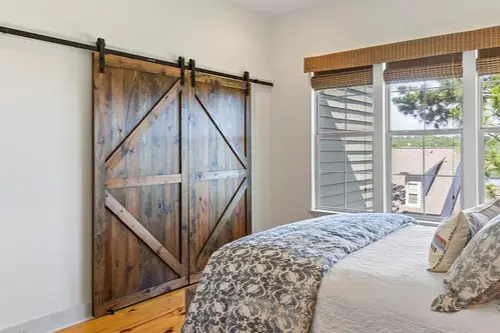
Sliding barn doors were once a clever way to save space and add rustic charm. But now they’re everywhere—from suburban homes to city apartments—and they’re starting to feel more gimmicky than grounded. They don’t always offer great soundproofing or privacy, either. And in the wrong setting, they can feel out of place.
Interior doors are trending back toward more traditional or modern styles—think pocket doors, French doors, or even arched frames. The farmhouse look isn’t dead, but it’s evolving. Barn doors had their moment. It might be time to roll them away.
2. Shiplap Walls
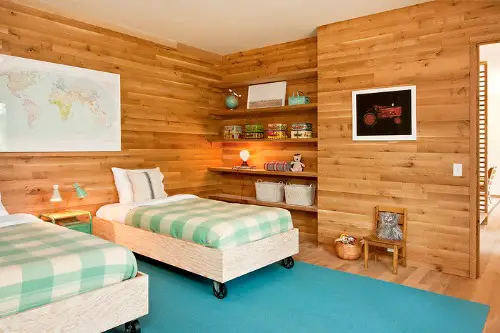
Thanks to the farmhouse boom, shiplap became the go-to for adding texture and character. But now, it’s become so synonymous with a specific era of design that it’s starting to feel dated. When every accent wall is clad in horizontal planks, it loses its impact. It’s no longer a surprise—it’s an expectation.
Designers are turning to limewash, plaster, or vertical paneling for a more modern take on texture. If you still love shiplap, try using it in unexpected ways—like ceilings or built-ins. Otherwise, it might be time to sand it down. The trend has officially peaked.
3. Subway Tile Everywhere
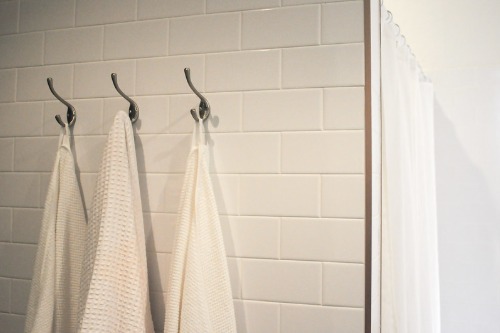
Subway tile was once the go-to for kitchens and bathrooms, praised for its clean lines and classic appeal. But after years of overuse, it’s starting to feel more default than deliberate. When every backsplash and shower wall looks the same, the “timeless” charm starts to fade. It’s not wrong—it’s just tired.
Designers are now leaning into handmade tiles, unexpected layouts, or textured finishes for more personality. Even a simple change in grout color can make a big difference. Subway tile isn’t gone—it just needs a refresh. The era of playing it safe is winding down.
4. All-White Kitchens
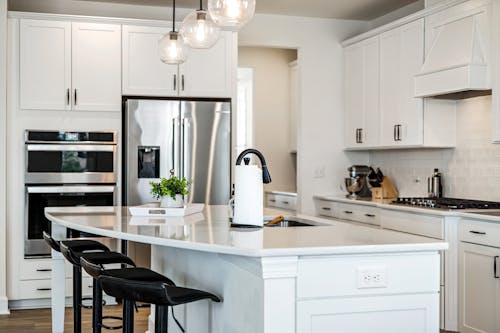
White kitchens were once the gold standard of timeless design—bright, clean, and resale-friendly. But in 2025, they’re starting to feel a little sterile and overdone. Without contrast or warmth, they can come off as cold and impersonal. And they’re surprisingly high-maintenance when it comes to keeping things spotless.
Homeowners are now embracing color, wood tones, and mixed materials to bring life back into the kitchen. Even subtle shifts—like creamy off-whites or natural stone—can make a space feel more current. White still works, but it needs balance. The monochrome moment is fading.
5. Gray Everything
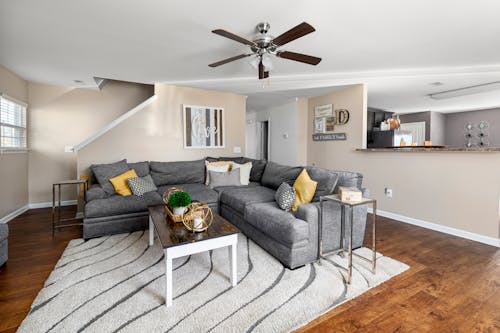
Gray walls, gray floors, gray furniture—it was the neutral of the 2010s. But now, it’s starting to feel flat and lifeless. Without warmth or contrast, all-gray spaces can come off as cold and uninspired. It’s the design equivalent of playing it too safe.
Warmer neutrals like taupe, greige, and soft earth tones are taking over. They offer the same versatility with a lot more soul. Gray isn’t gone—it’s just no longer the only option. The color wheel is spinning again.
6. Matching Furniture Sets
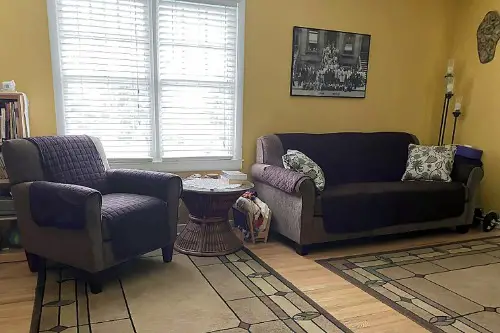
Buying a full living room or bedroom set used to be the mark of a well-put-together home. But now, it reads as overly coordinated and lacking in personality. When everything matches perfectly, nothing stands out. It feels more like a showroom than a lived-in space.
Mixing styles, textures, and eras creates a more curated, collected look. It’s about balance, not uniformity. The new timeless is layered and personal. Not pre-packaged.
7. Overly Neutral Decor
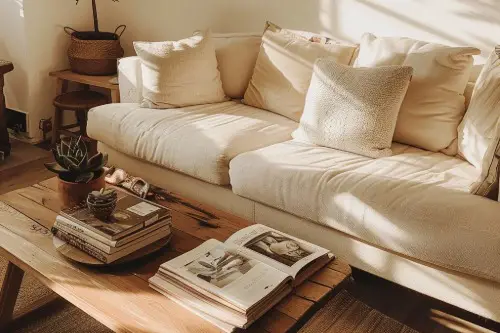
Beige, cream, and white-on-white interiors were once considered the height of sophistication. But in 2025, they’re starting to feel a little… bland. Without color, pattern, or contrast, these spaces can lack energy and depth. It’s minimalism taken too far.
Designers are bringing back bold accents, rich textures, and even moody tones to add dimension. Neutrals still have their place—but they need support. A little color goes a long way. And a little risk makes a room memorable.
8. Edison Bulbs
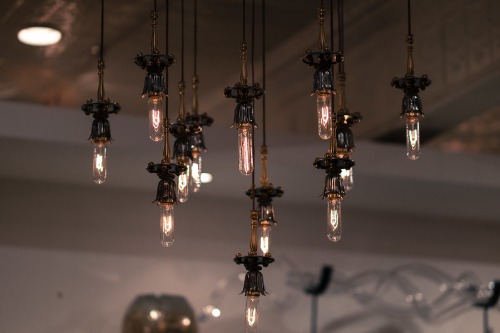
Once a staple of industrial and rustic decor, Edison bulbs were beloved for their warm glow and vintage charm. But now they’re everywhere—from coffee shops to bathrooms—and they’re starting to feel more cliché than cool. They also tend to be dim and inefficient compared to modern LED options. The novelty has worn off.
Lighting is shifting toward sculptural fixtures, layered sources, and smart functionality. If you still love the vibe, try a more refined take with frosted or globe-style bulbs. The filament fad is fading. It’s time to brighten things up.
9. Open Shelving in Kitchens
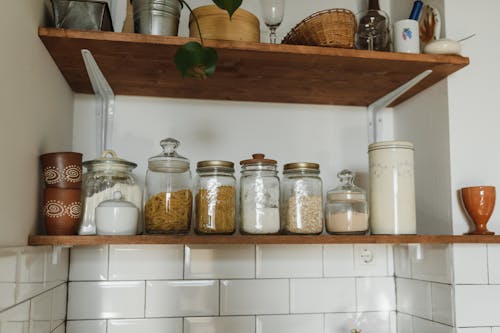
Open shelves were once a stylish way to display dishes and make kitchens feel airy. But in practice, they often collect dust, grease, and visual clutter. Unless you’re a minimalist or a stylist, they’re hard to maintain. And for many, they’ve become more stress than statement.
Closed cabinets with smart storage are making a comeback. Glass fronts or partial open shelving can offer the best of both worlds. The dream kitchen is now about function and beauty. Not just Instagram appeal.
10. Chevron Everything
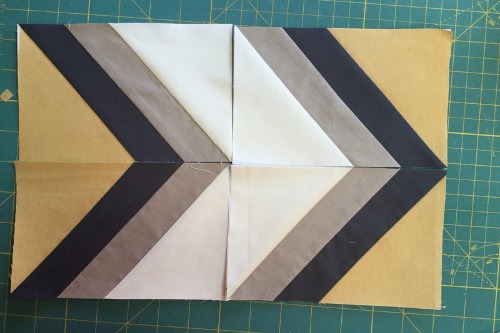
Chevron patterns had a serious moment—on rugs, pillows, walls, and even flooring. But now, they’re starting to feel overly trendy and a little dated. The bold zigzag can be visually overwhelming and hard to coordinate with other patterns. It’s a look that’s been overplayed.
Designers are favoring subtler patterns like herringbone, stripes, or organic motifs. Texture is still in—but it’s getting softer and more nuanced. Chevron isn’t timeless—it was just loud. And now, it’s being turned down.
This post These 10 “Timeless” Decor Trends Are Reaching Their Expiration Date was first published on Greenhouse Black.
